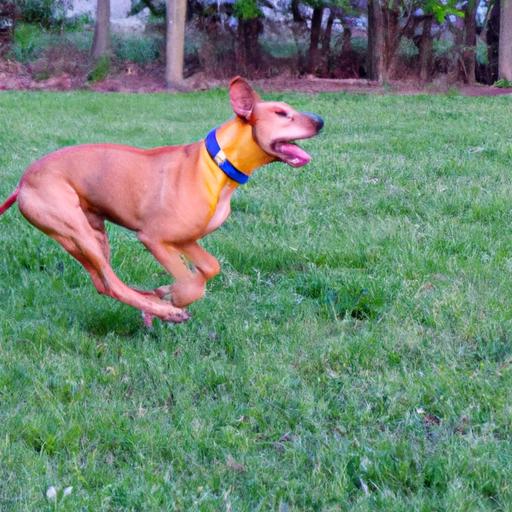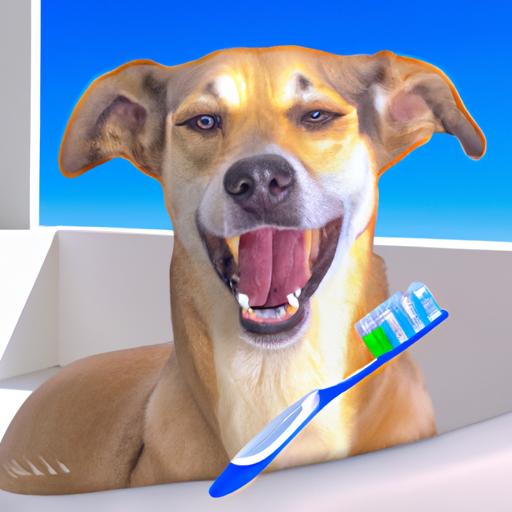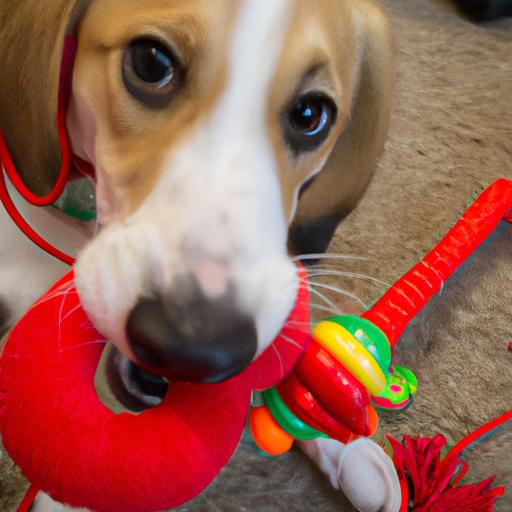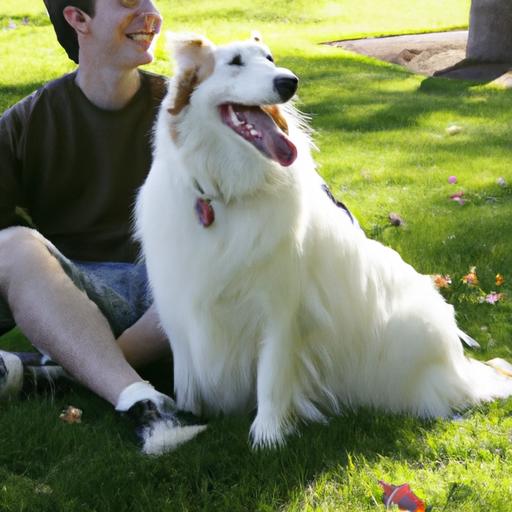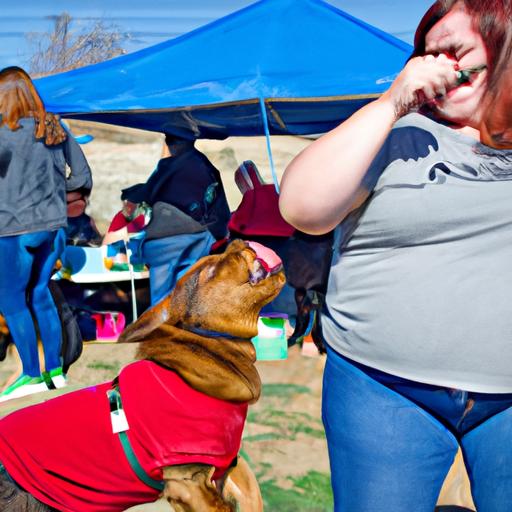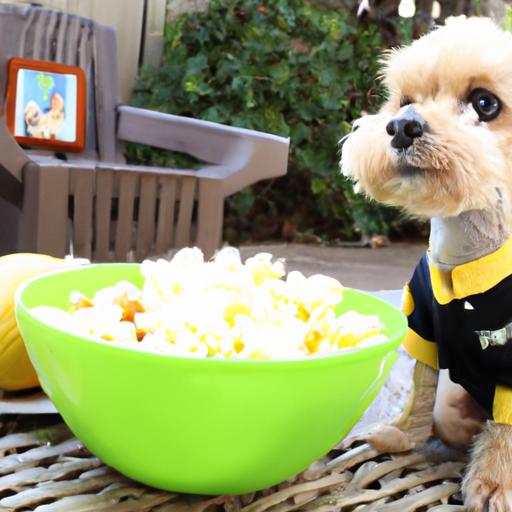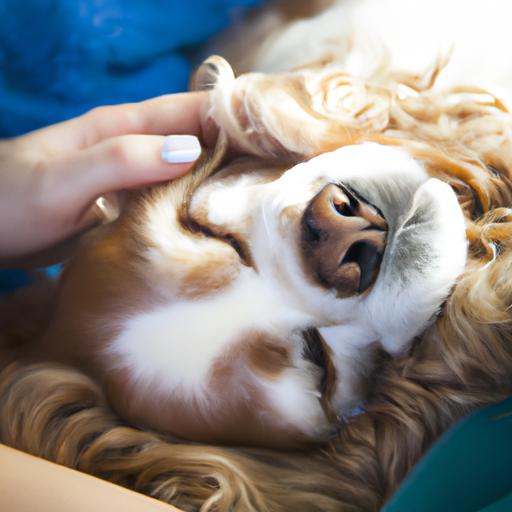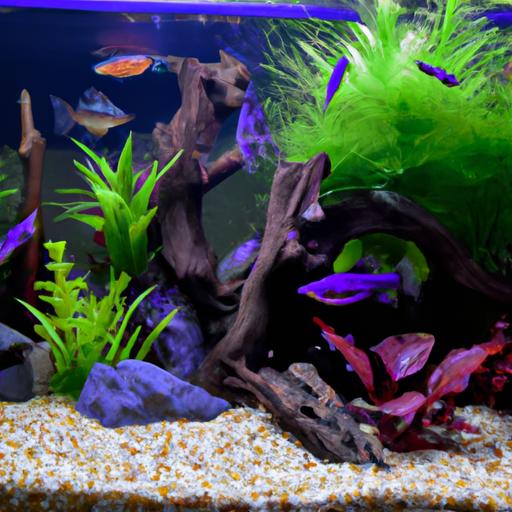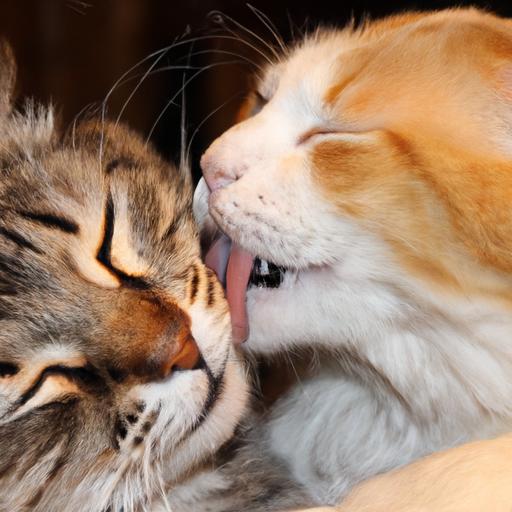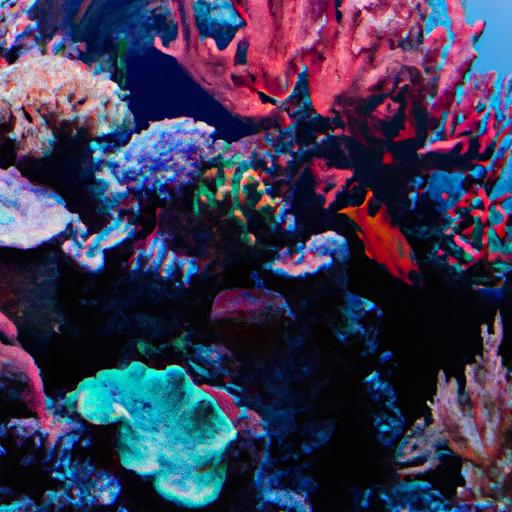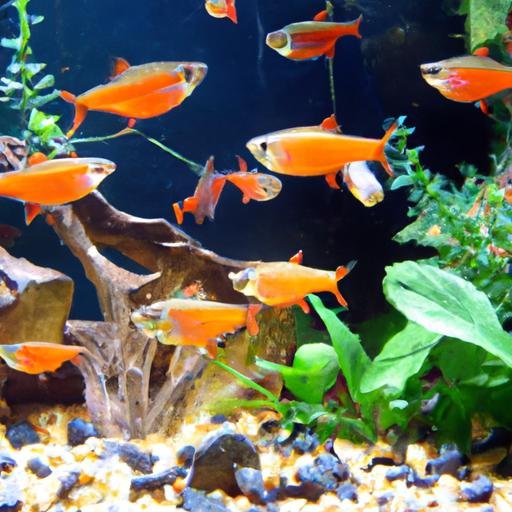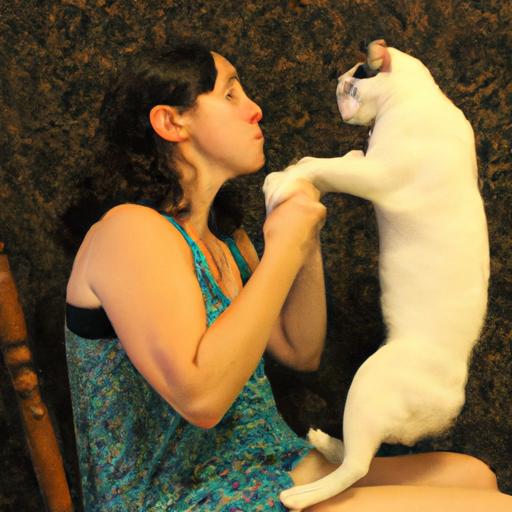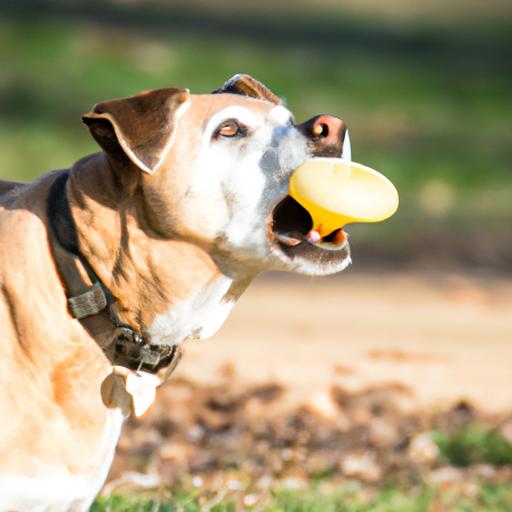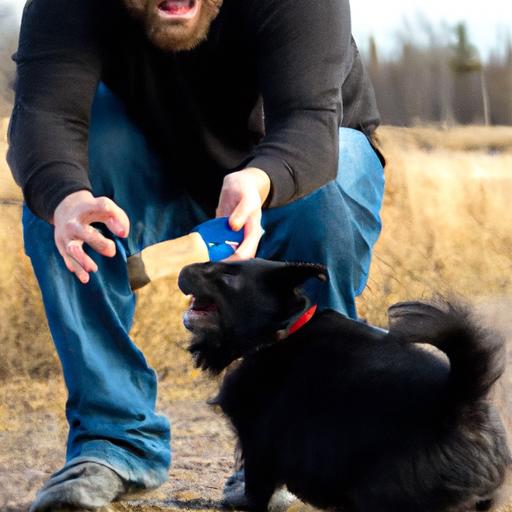
- Home
- Care Tips
- Positive Reinforcement Training Techniques: Enhancing Learning and Strengthening Bonds
Positive Reinforcement Training Techniques: Enhancing Learning and Strengthening Bonds
Discover the benefits of positive reinforcement training techniques for animals. Enhance learning, strengthen bonds, and promote obedience.
Introduction
Are you looking for effective training techniques that foster a positive environment for your furry companion? Look no further than positive reinforcement training techniques. These methods not only enhance learning and obedience but also strengthen the bond between you and your beloved pet. In this article, we will delve into the benefits of positive reinforcement training techniques and address some frequently asked questions to help you understand and implement these techniques effectively.
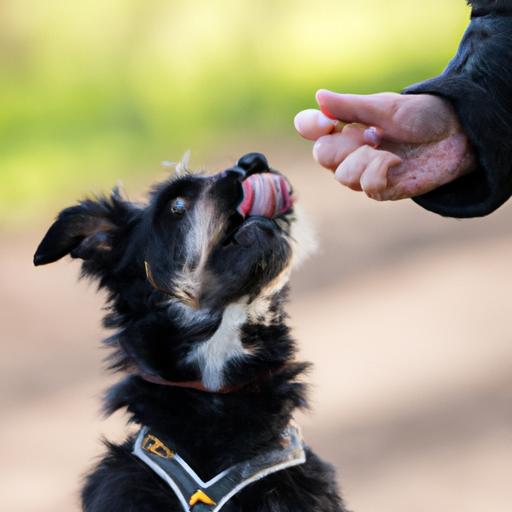
Benefits of Positive Reinforcement Training Techniques
Positive reinforcement training techniques offer a wide range of benefits for both trainers and animals. Let’s explore some of the key advantages:
1. Enhanced Learning and Retention Abilities of Animals
Positive reinforcement training focuses on rewarding desired behavior, which encourages animals to learn and retain commands more effectively. By associating the right behavior with positive outcomes such as treats, praise, or playtime, animals become motivated to repeat those actions. This approach not only accelerates the learning process but also helps animals remember commands for extended periods.
2. Strengthened Bond Between the Trainer and the Animal
Incorporating positive reinforcement techniques into training sessions fosters a deeper bond between you and your pet. By utilizing rewards and positive feedback, you create a positive association with the training experience. This, in turn, builds trust, strengthens the human-animal relationship, and enhances communication. With a strong bond established, your pet becomes more responsive to your commands and eager to please.
3. Reduced Stress and Anxiety Levels in Animals during Training Sessions
Unlike traditional training methods that rely on punishment and dominance, positive reinforcement training techniques prioritize rewards and encouragement. This approach minimizes stress and anxiety in animals, creating a safe and enjoyable training environment. By focusing on positive interactions, your pet feels comfortable and confident, enabling them to learn without fear or apprehension.
4. Long-Term Behavior Modification and Improved Obedience
Positive reinforcement training techniques go beyond teaching basic commands; they enable long-term behavior modification. By rewarding desired behaviors consistently, you can shape your pet’s behavior over time. Whether you’re trying to discourage jumping, barking, or leash pulling, positive reinforcement techniques offer a humane and effective way to instill good habits and improve overall obedience.
FAQ (Frequently Asked Questions)
Can positive reinforcement training be used for all types of animals?
Yes, positive reinforcement training techniques can be applied to various animals, including dogs, cats, birds, and even exotic pets. The fundamental principle of rewarding desired behavior remains the same across species. However, it’s important to consider each animal’s unique characteristics and adjust the training approach accordingly.
How do positive reinforcement techniques differ from other training methods?
Positive reinforcement techniques differ from traditional training methods, such as punishment-based or dominance-based techniques. Unlike these methods, positive reinforcement focuses on rewarding desired behavior rather than punishing undesirable behavior. This creates a more enjoyable and effective training experience, promoting a cooperative relationship between you and your pet.
Is it necessary to use treats or rewards in positive reinforcement training?
While treats and rewards are commonly used in positive reinforcement training, they are not the only option. Verbal praise, petting, and playtime can also serve as effective rewards. The key is to find what motivates your pet and use it as a positive reinforcer. This could be a favorite toy, a belly rub, or even a short game of fetch.
What are some common mistakes to avoid when using positive reinforcement?
One common mistake is failing to be consistent with rewards. In order for positive reinforcement training to be effective, rewards must be given consistently for desired behavior. Additionally, it’s important to avoid using punishment or negative reinforcement, as this can undermine the principles of positive reinforcement training and create confusion for your pet.
Conclusion
Positive reinforcement training techniques offer numerous benefits for both trainers and animals. By using rewards, encouragement, and positive feedback, you can enhance your pet’s learning abilities, strengthen the bond between you and your furry friend, reduce stress during training sessions, and achieve long-term behavior modification. Embrace the power of positive reinforcement and witness the transformation in your pet’s obedience and overall well-being. Start implementing these techniques today and create a harmonious training experience for you and your beloved companion.
Remember, training is a journey that requires patience and consistency. If you’re looking for more guidance on other training topics, check out these helpful articles on our website: Training Your Dog to Accept Nail Trimming, Positive Canine Experiences with Strangers, and Tips for Successful Crate Training. Happy training!
